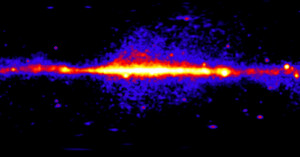
14 Years of Gamma Radiation in Space
NASA has created an incredible timelapse movie that condenses 14 years of data acquired by NASA's Fermi Gamma-ray Space Telescope into six minutes of colorful cosmic rays.

NASA has created an incredible timelapse movie that condenses 14 years of data acquired by NASA's Fermi Gamma-ray Space Telescope into six minutes of colorful cosmic rays.
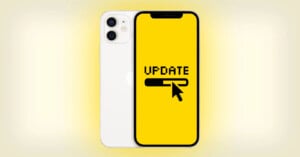
Earlier this week, France banned the sale of the iPhone 12 smartphone because the government claimed that the phone emitted radiation beyond allowable levels.

A French governmental agency in charge of managing wireless communications frequencies has ordered Apple to stop selling the iPhone 12 after determining that the smartphone emits electromagnetic radiation levels above European Union standards.

Last year, more than 120,000 tourists visited the Chernobyl Exclusion Zone, and in 2020 that number is expected to double. Mass tourism has forever become a part of the Exclusion Zone, mostly because of the successful HBO series “Chernobyl.”
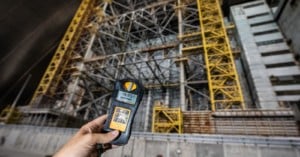
It’s been 3 years since the giant, 36,000-ton New Safe Confinement (better known as The Arch) was put over the damaged old sarcophagus that helps contain the radiation from the Chernobyl disaster. A symbolic moment that also summed up my 10 years of work documenting the Chernobyl Zone. However, just as the building of the new sarcophagus didn't finish the work inside related to eliminating the radioactive threat, I still have a reason to come here.

Between the 1940s and 1970s, a number of camera manufacturers designed lenses employing thoriated glass in one or more elements. Incorporating as much as 40% thorium dioxide (ThO2) in the glass mixture increases the index of refraction of the glass while maintaining low dispersion. Thoriated glass elements allowed lenses to deliver low levels of aberration and distortion with relatively simple and easy to manufacture designs.
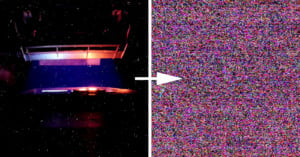
Here's a 2.5-minute video recorded by a GoPro Session action camera that was given a trip through an electron beam irradiator.
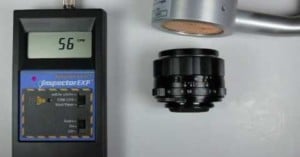
YouTube user uyt384 does tests on old camera lenses, but not in the way you'd expect. Instead of testing the build or image quality, he uses a Geiger counter to see how much radiation is being emitted by each one.
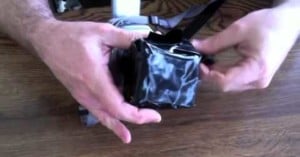
Andrew Lathrop came up with this novel way of building a simple radiation detector using an old compact camera, …